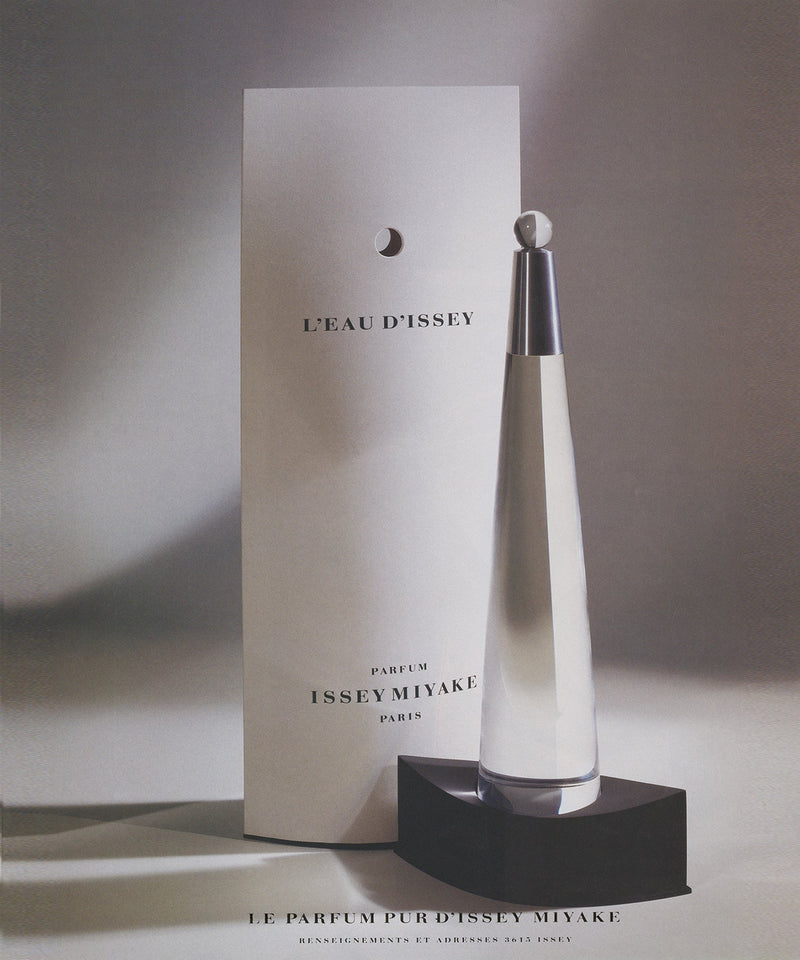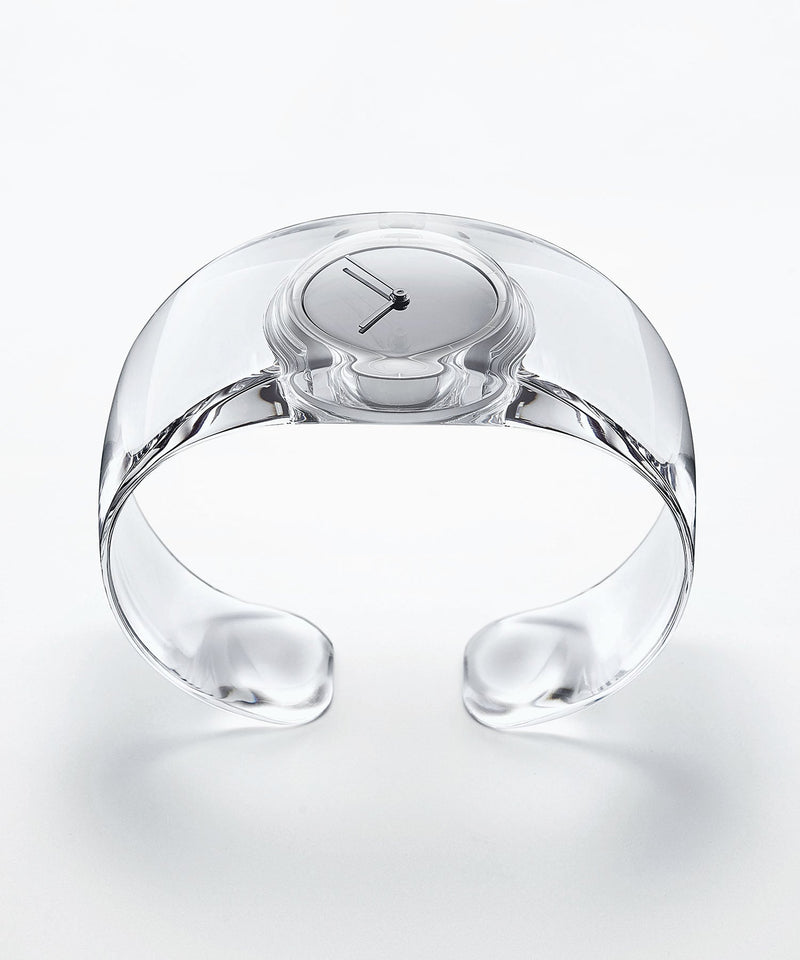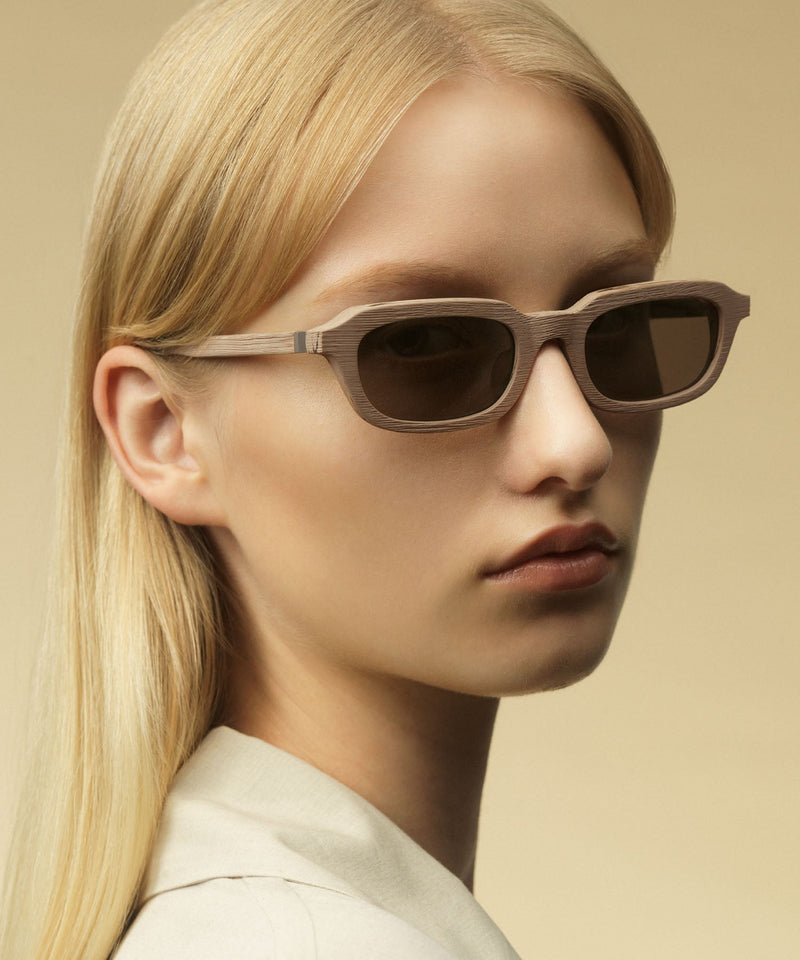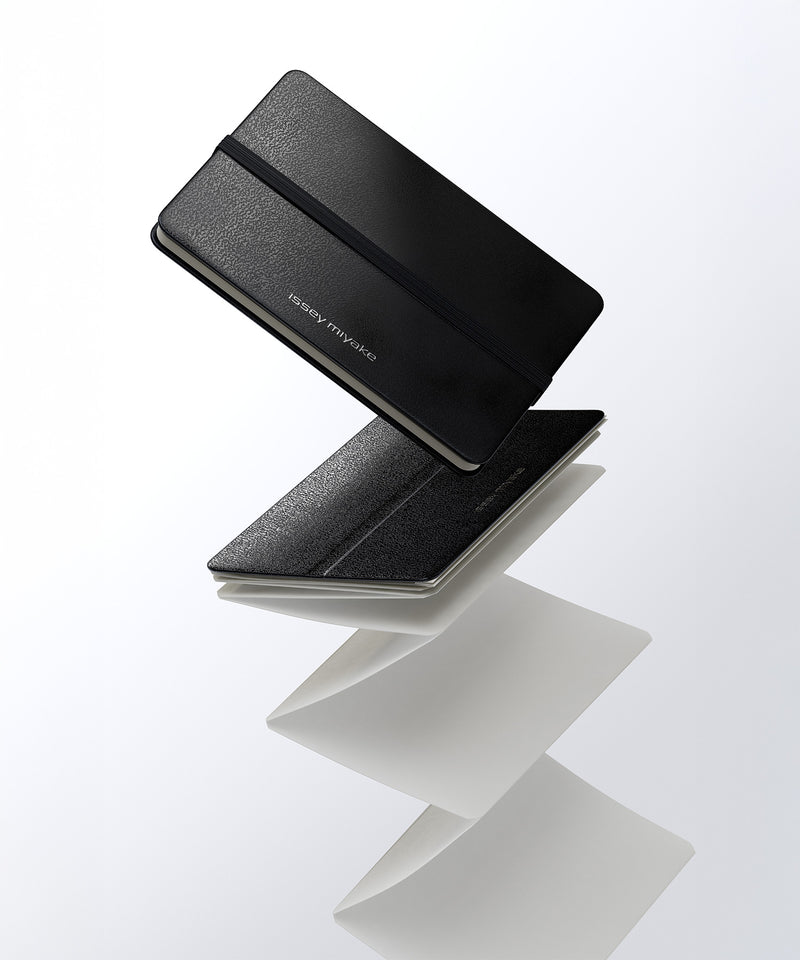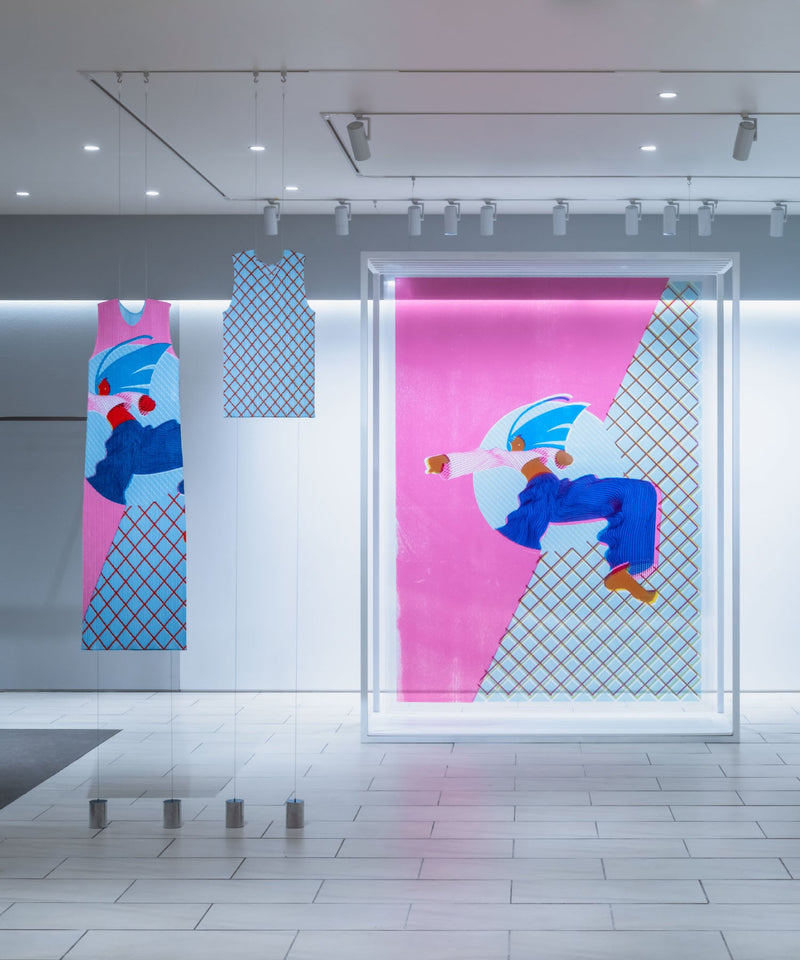Her journey
Everyday life with PLEATS PLEASE
Part 2 : Planning a Short Film
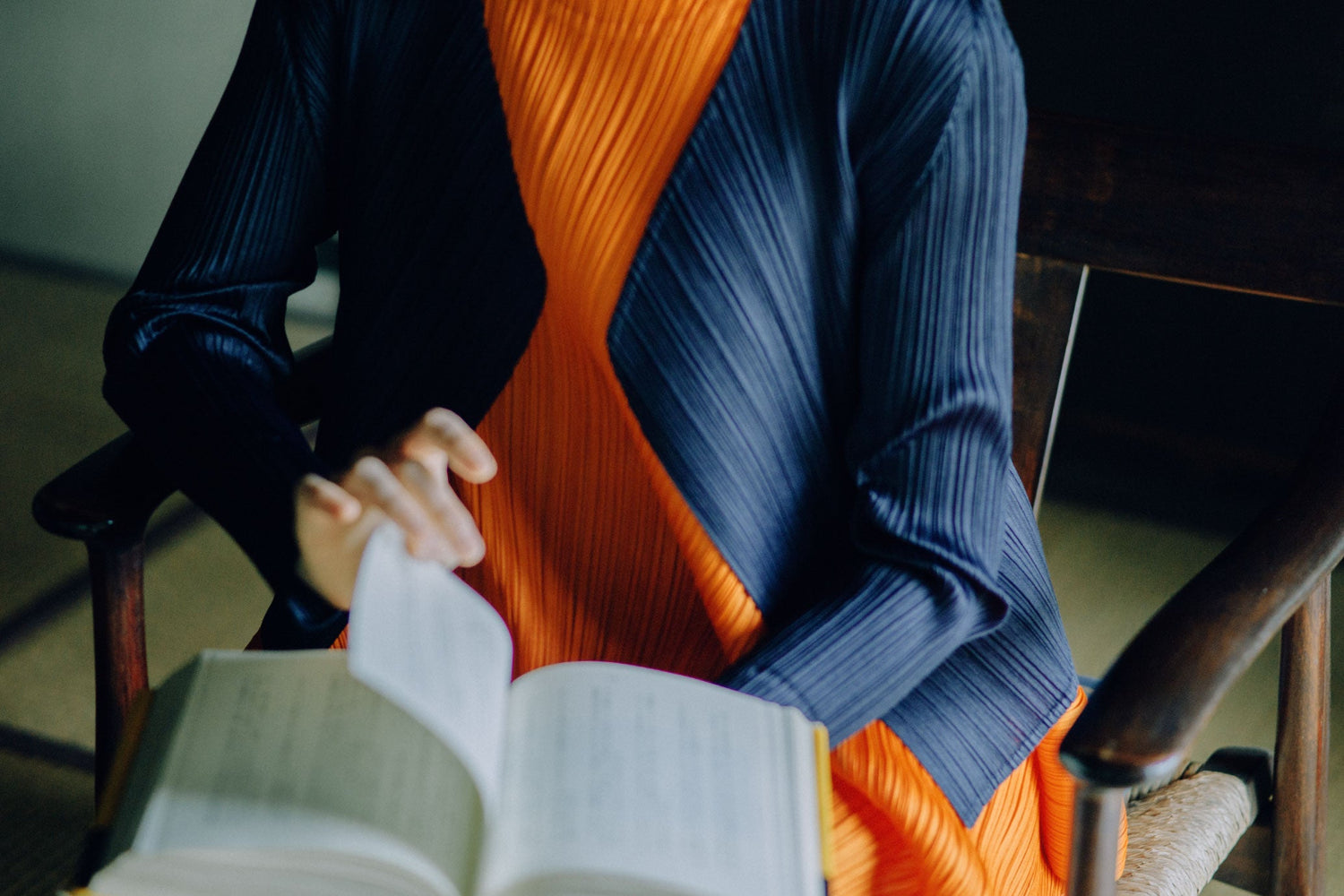
This desire emerged several months after Shuga Ohashi returned to Japan. She had just started a new job, her days were changing and full of challenges, and in the midst of all this activity, a realization came to her as she was writing in her journal: I want to make a short film.
This is a carousel of Image carousel: Article - PLEATS PLEASE ISSEY MIYAKE A day in the life of Shuga with PLEATS PLEASE Her journey Part 2 : Planning a Short Film. Use pagination to navigate through the items.. Use Play Slide Autoplay Button to autoplay/pause the carousel.
One day in May, she visited the former Kawakita Residence (Watsuji Residence), which was used as a location for Wim Wenders’s film, “Tokyo-ga” and wondered what it would be like to make a film there herself.
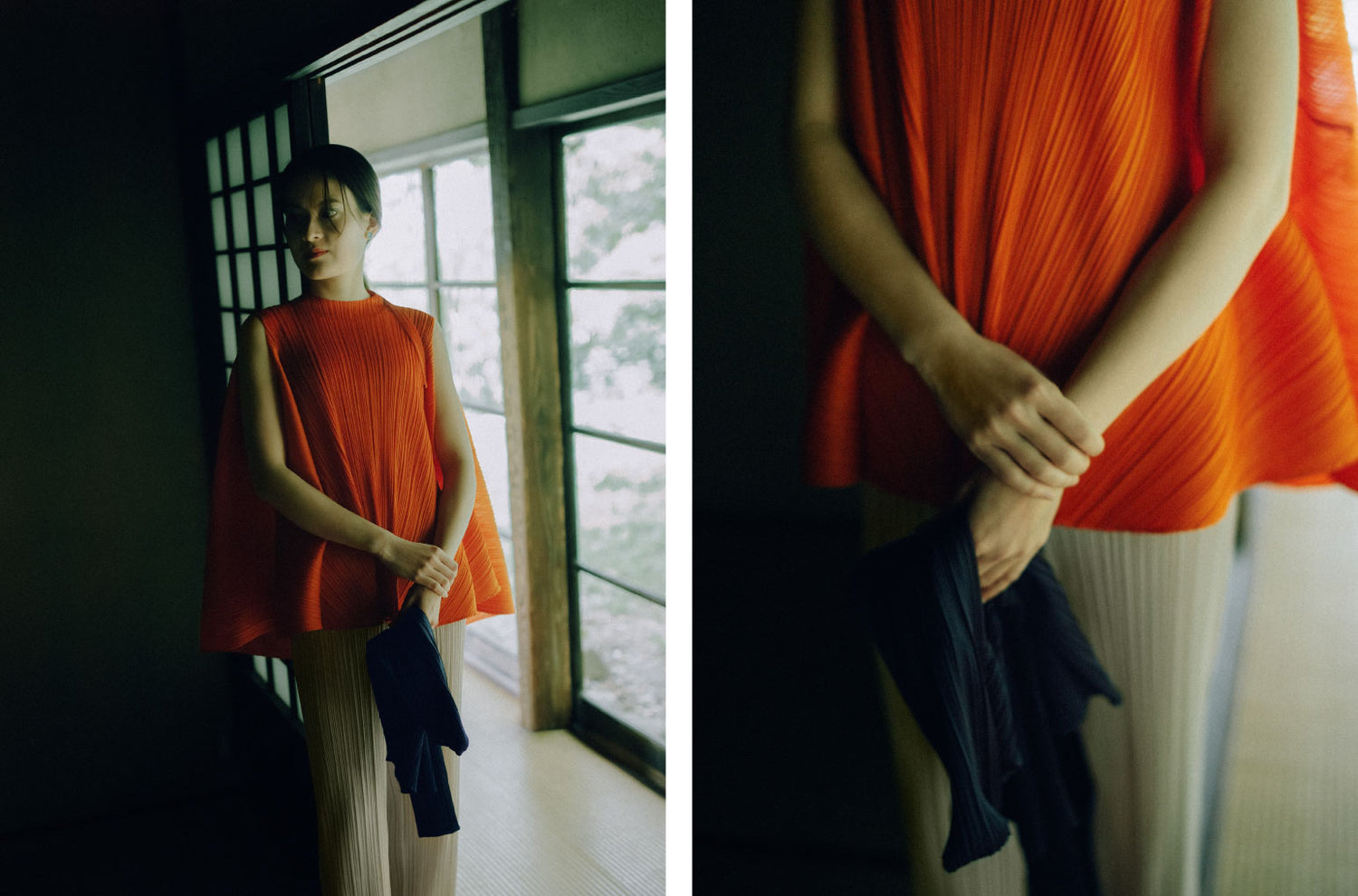
Her orange top stood out in this traditional Edo Period home situated in a deep blue-green garden.
“This is my favorite piece out of all the PLEATS PLEASE I own. It allows me to be me; every time I put it on, I want to dance. It’s the exact opposite of the atmosphere in this space, but opposites often attract, so that’s why I chose this outfit for the visit.”
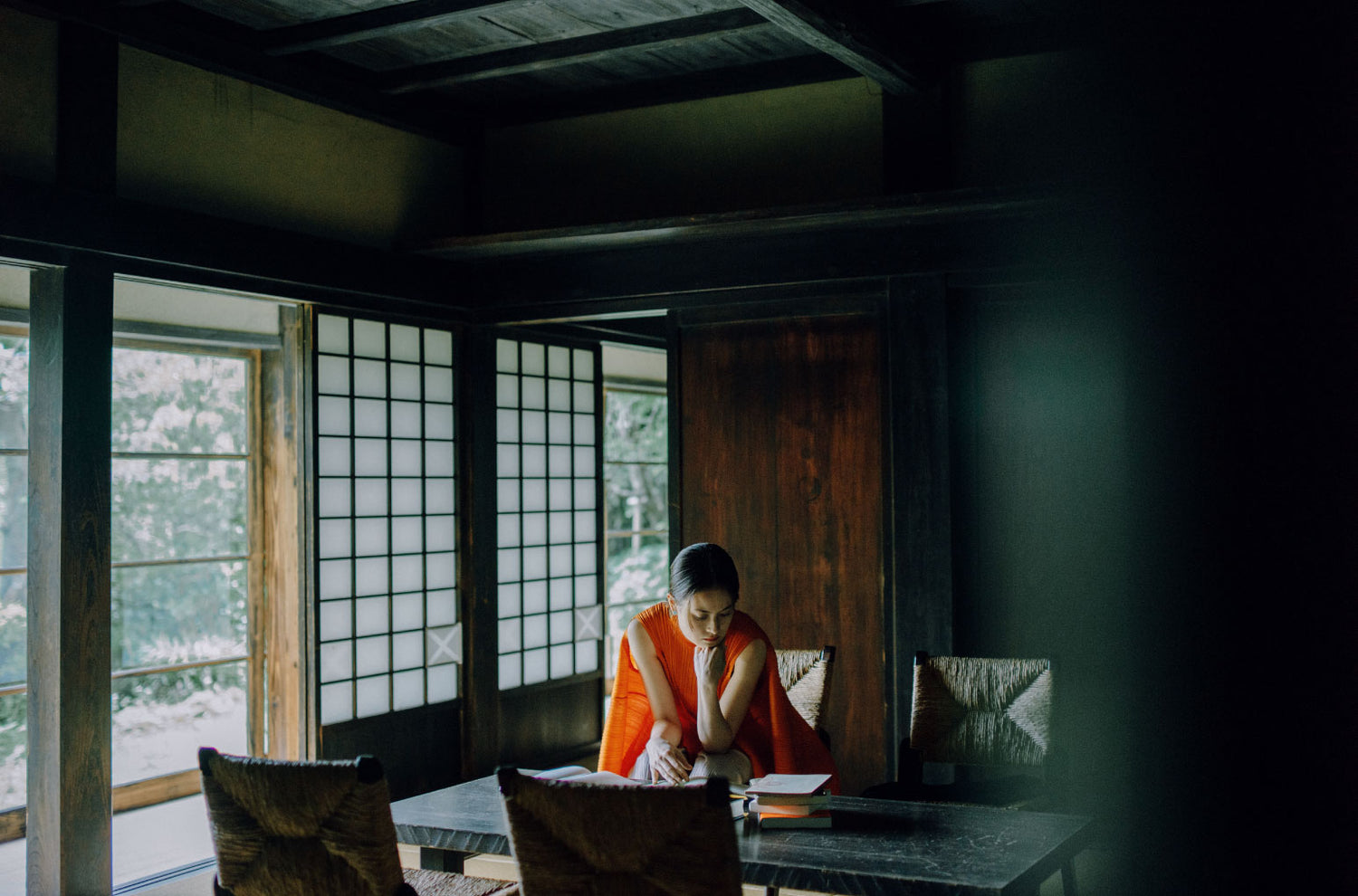
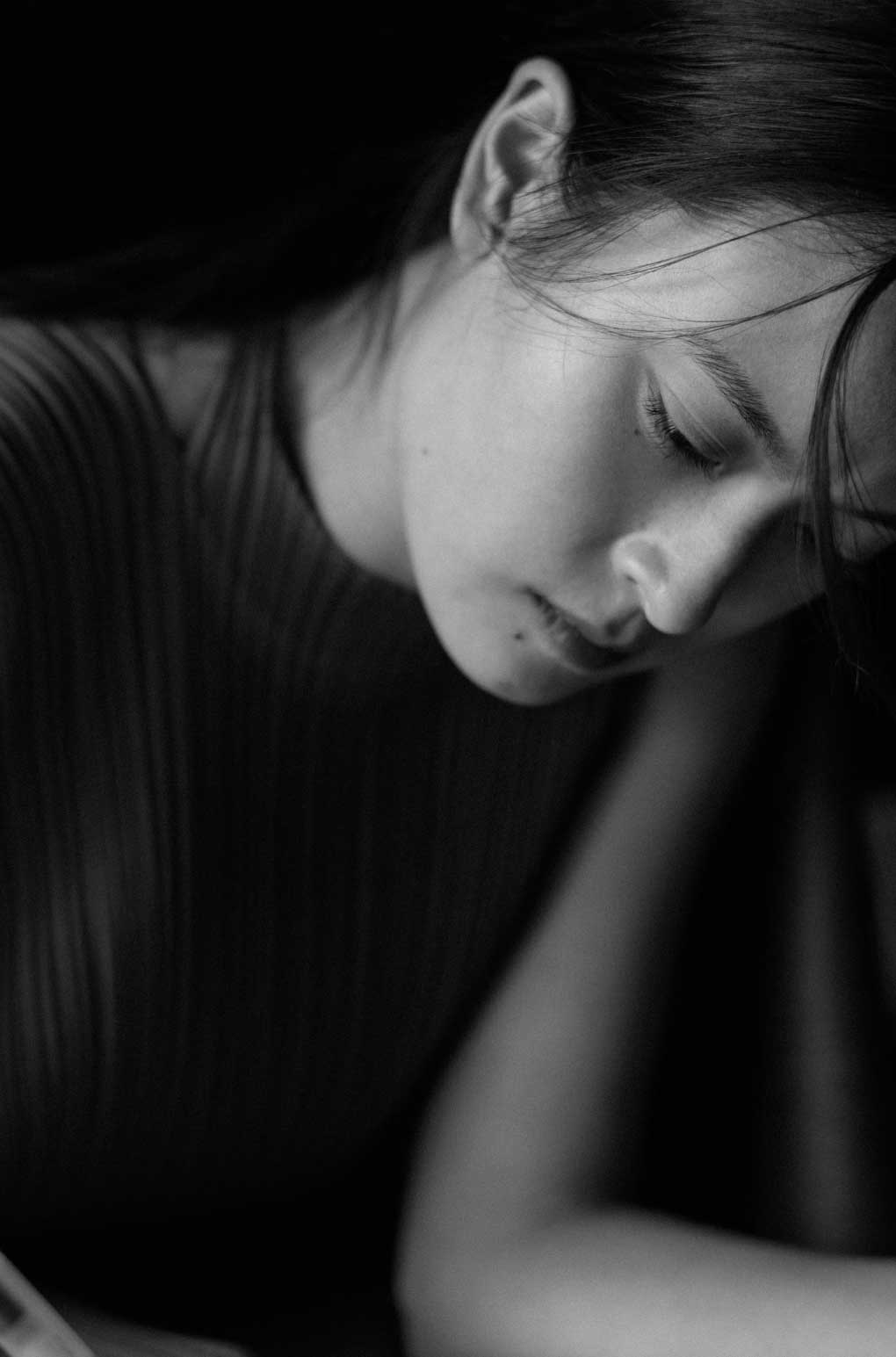
She brought with her an old script that she purchased at a used bookstore in Jinbocho and began reading and taking notes. As she recalled the short films she had viewed as part of her research, she listed points that could be adapted to her own work.
She spent a productive time at the Kawakita Residence pondering narrative structure and film-making technique.
“I walked up the hill and there, surrounded by trees, was the residence. It was so beautiful that I gasped. I felt like I had walked into one of those Yasujiro Ozu films where every shot is framed like a painting. I was as giddy as a child to be able to sit in the same spot that Chishu Ryu sat in Tokyo-ga. I told myself to be as uncompromising as Ozu, but as humble as Ryu.”
This is a carousel of Image carousel: Article - PLEATS PLEASE ISSEY MIYAKE A day in the life of Shuga with PLEATS PLEASE Her journey Part 2 : Planning a Short Film. Use pagination to navigate through the items.. Use Play Slide Autoplay Button to autoplay/pause the carousel.
It was in March of the same year that she encountered “August in Blue” at the final screening for The Department of Film Production in the Graduate School of Film & New Media of the Tokyo University of the Arts.
After the screening, she peppered director and screenwriter Henry Ehara with questions, which is how they became friends.
They met up in the university library so she could ask him for his advice and opinion on how to make a short film and how to approach a script.
“It was raining, so I chose these coordinates. I find them calming, and they make me feel cheerful. Rainy days usually depress me, so I wear clothes that improve my mood, or sometimes I buy myself flowers to brighten my day.”
This is a carousel of Image carousel: Article - PLEATS PLEASE ISSEY MIYAKE A day in the life of Shuga with PLEATS PLEASE Her journey Part 2 : Planning a Short Film. Use pagination to navigate through the items.. Use Play Slide Autoplay Button to autoplay/pause the carousel.
Henry has lived in both the Netherlands and Japan and he tries to incorporate the ability to communicate without relying on words in his films. He said that for “August in Blue,” the script was not completely fixed. Rather, it was designed to bring out the natural characteristics of the actors.
Shuga was inspired by his style of filmmaking and wanted to draw upon it in her own films.
“I find comfort in relationships where I can feel at ease even without exchanging words. That’s why I value silence, and I’d like to incorporate that into my short film as well.”
Her most immediate problem is that work is very busy and it is becoming more difficult to find time for the film. Still, she keeps writing, one scene at a time, one line at a time, slowly making progress on her creation.
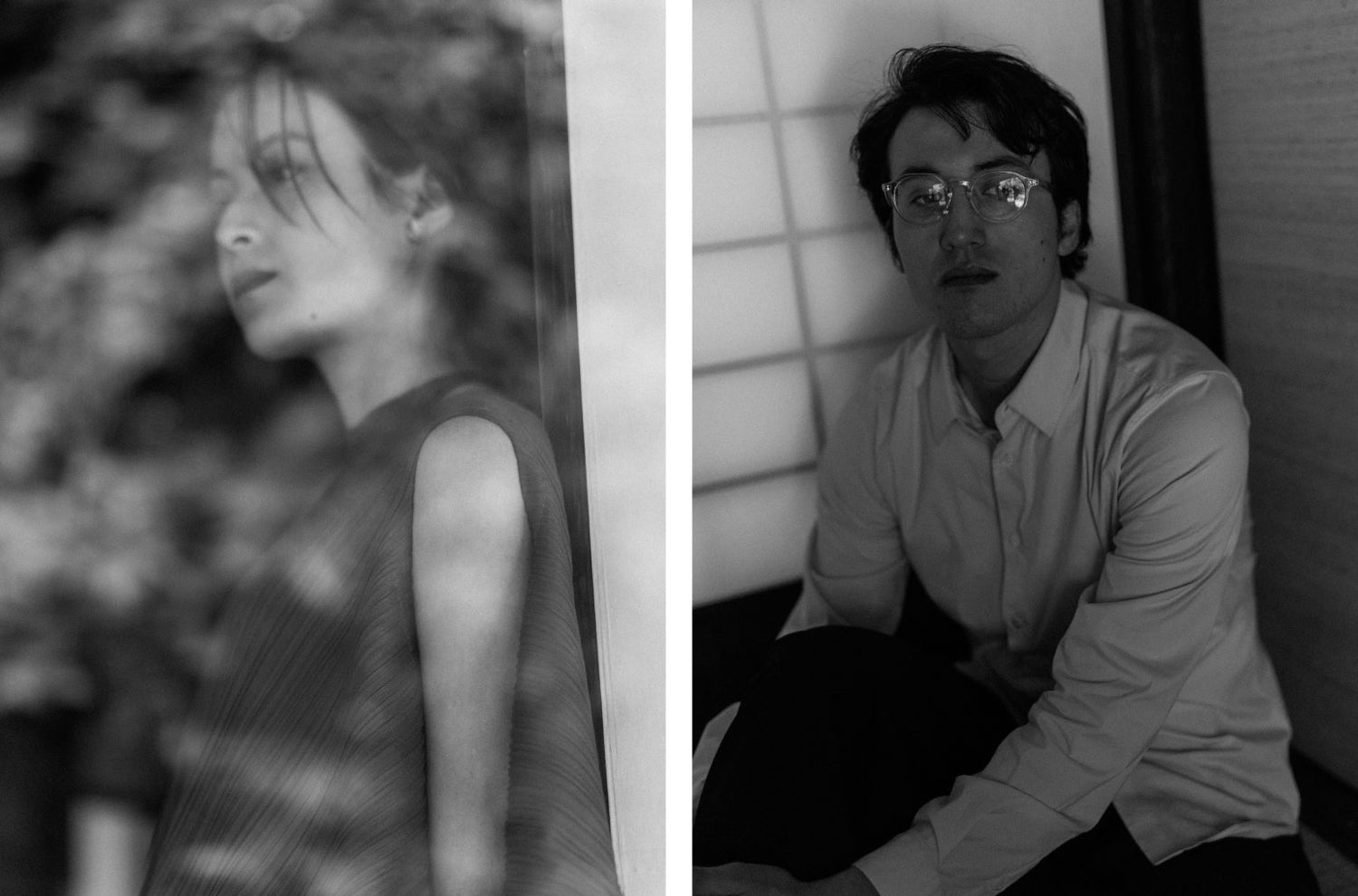
Worn by: Shuga Ohashi—Styling by Shuga Ohashi. Accessories, bags, and other small items are from her personal wardrobe.
Photography: Kazumasa Harada
Hair and Makeup: Teruaki Shinjo (SHISEIDO)
Content: Tamaki Harada and Mari Nakayama (Cawaii Factory)
Concept and Direction: Midori Kitamura
Production: ISSEY MIYAKE INC.










